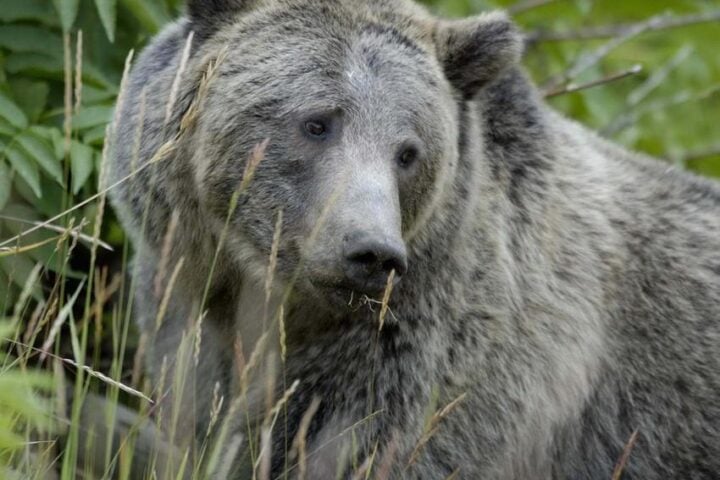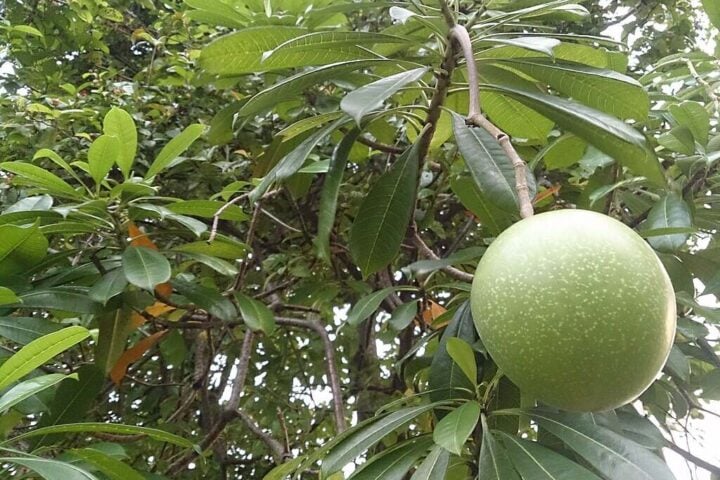The California Department of Food and Agriculture (CDFA) has declared a distinctive quarantine, unprecedented in the Western Hemisphere, targeting the invasive and potentially harmful Tau fruit fly, predominantly spotted in the upscale Stevenson Ranch community within Santa Clarita Valley.
With more than 20 sightings reported, the pest – a native of Asia – has likely hitched a ride into the state hidden in produce brought by unwitting travelers. Known for its distinct yellow and black coloration, the Tau fruit fly is no ordinary trespasser. In fact, it represents a formidable threat to a broad spectrum of fruits, vegetables, and even some indigenous California plant species.
This quarantine is somewhat different from the ones we’ve grown accustomed to during the COVID-19 pandemic, as it doesn’t restrict people but rather the transportation of certain plant goods. Specifically, the sprawling 79-square-mile containment area, which is circumscribed by Castaic Junction to the north, Oat Mountain to the south, Del Valle Road to the west, and Honby Avenue to the east.
Residents of this elegant neighborhood, where the median home price stands at an impressive $1.15 million, are required to keep their fruits and vegetables on their property. Consumption, cooking, or juicing is permitted, but the produce must not cross property lines. Any unconsumed produce should be appropriately disposed of in a plastic double-bag and deposited in dedicated garbage bins.
Similar Post
Working in collaboration with the U.S. Department of Agriculture and the Los Angeles County Agricultural Commissioner, the CDFA aims to halt the fruit fly’s spread and eventually eliminate it. Properties within a 200-meter radius of Tau fruit fly detection sites are set to receive special attention, with an inspection of their fruit and vegetable host plants for any lurking larvae.
Not only is the area being monitored, but it is also being actively treated with Spinosad, an organically approved compound derived from nature. This substance is designed to eradicate the adult fruit fly population, thereby mitigating the species’ proliferation.
Furthermore, the CDFA is deploying pheromone-based fly traps, equipped with a minimal amount of pesticide, to lure and neutralize these invaders. These traps will be strategically placed across the quarantine zone to maximize their efficacy.
As the Stevenson Ranch community grapples with this agricultural emergency, the incident serves as a reminder of the fragile equilibrium of our ecosystems, and the pivotal role played by everyday choices – like moving fruits and vegetables across state lines – in maintaining this balance. This occurrence reinforces the critical importance of vigilance and the adoption of preventive measures to protect California’s rich and diverse agricultural heritage from invasive species.
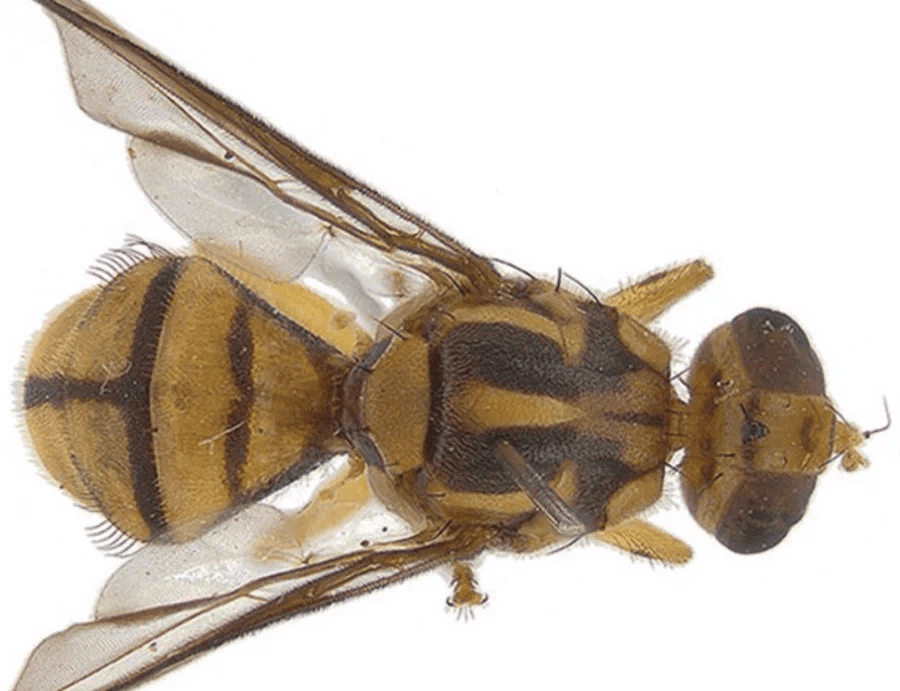
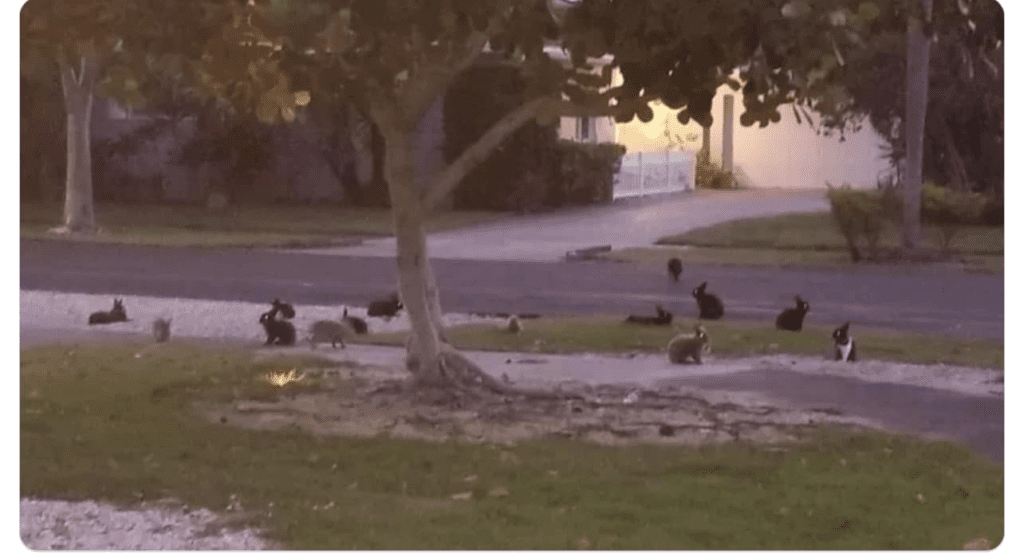





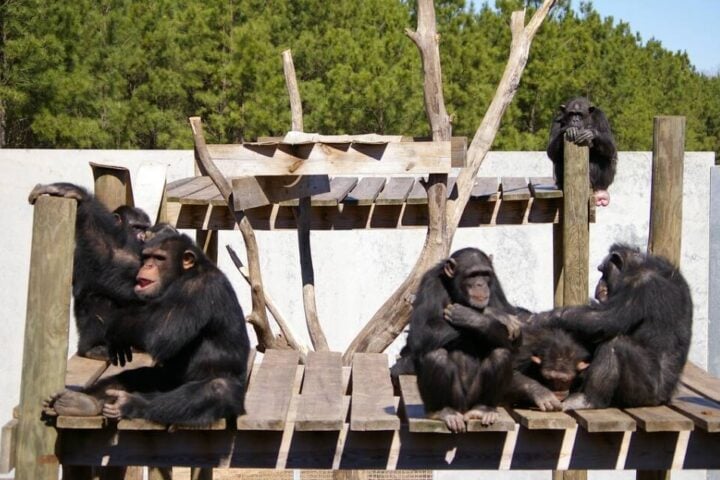


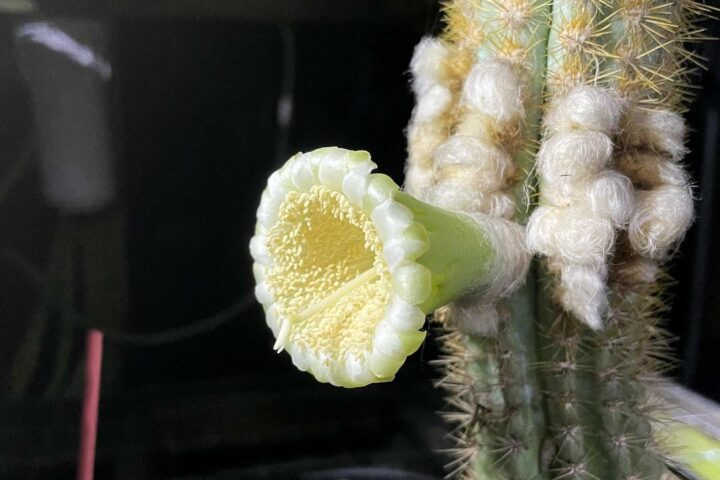
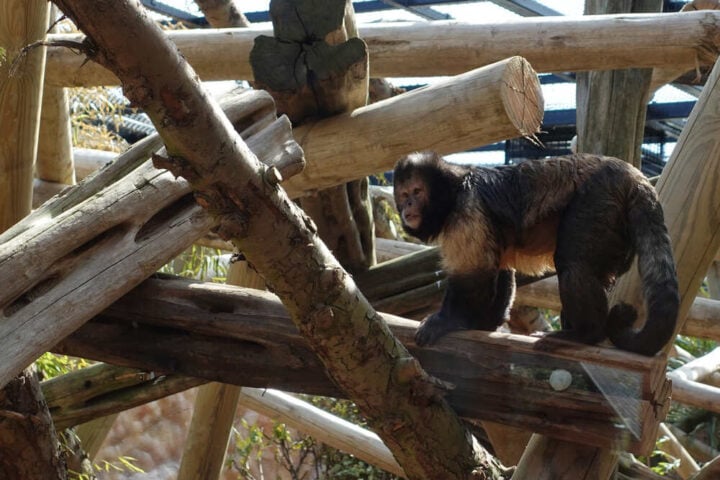


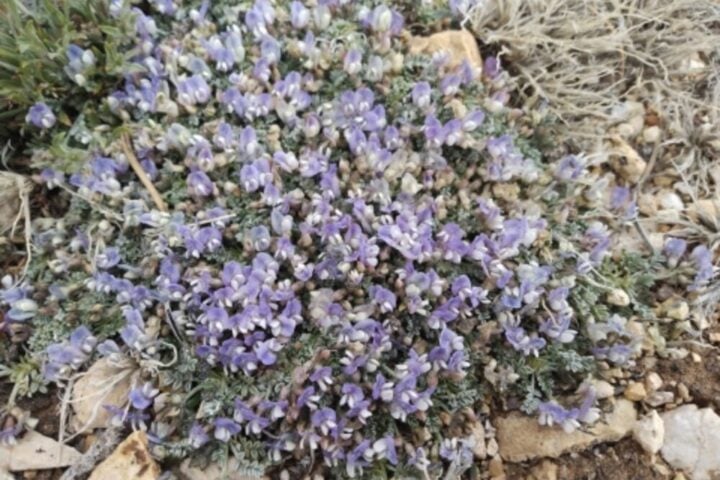
![Representative Image: European Starling [49/366]. Photo Source: Tim Sackton (CC BY-SA 2.0)](https://www.karmactive.com/wp-content/uploads/2025/04/Starlings-Drop-82-in-UK-Gardens-as-Birdwatch-2025-Reveals-Record-Low-Count-Since-1979-720x480.jpg)
